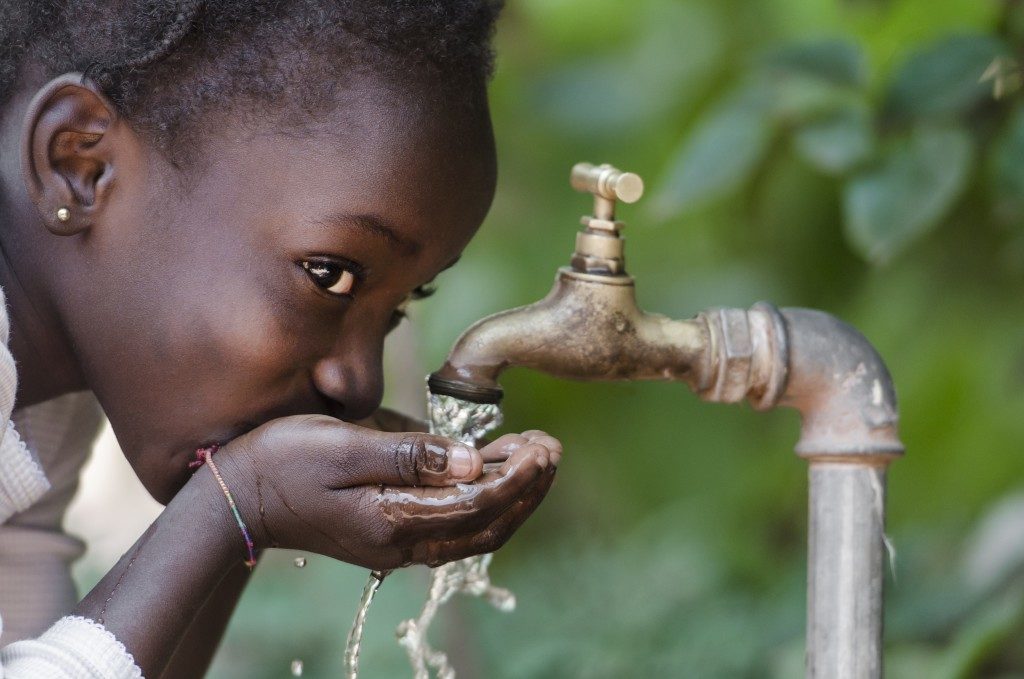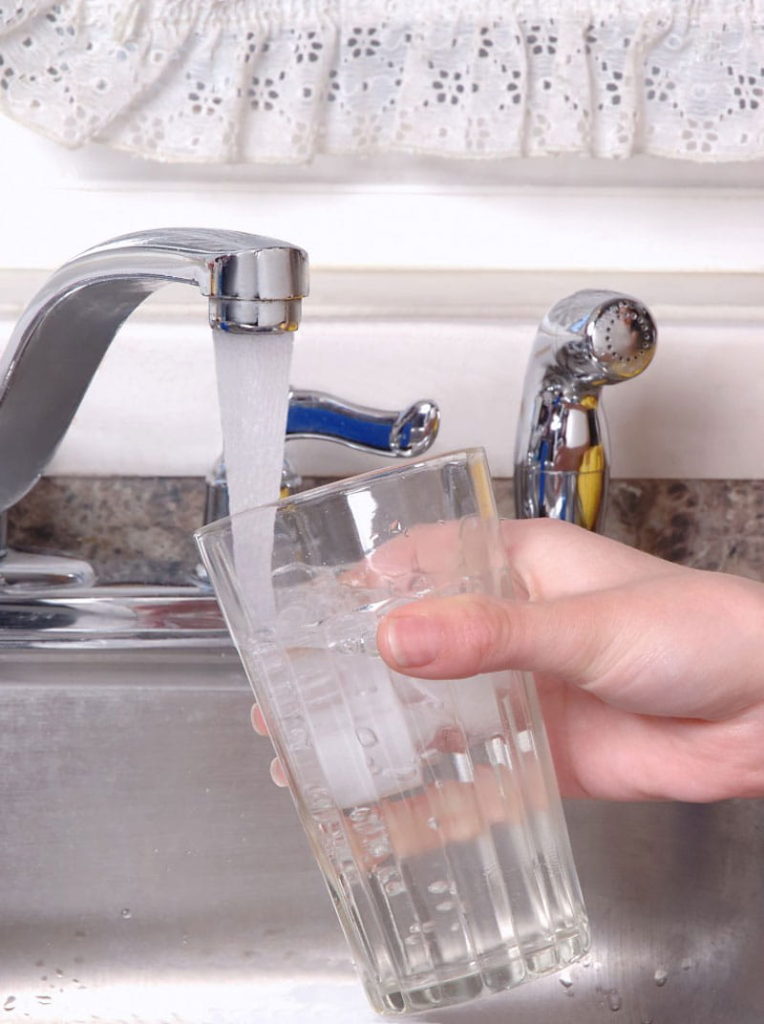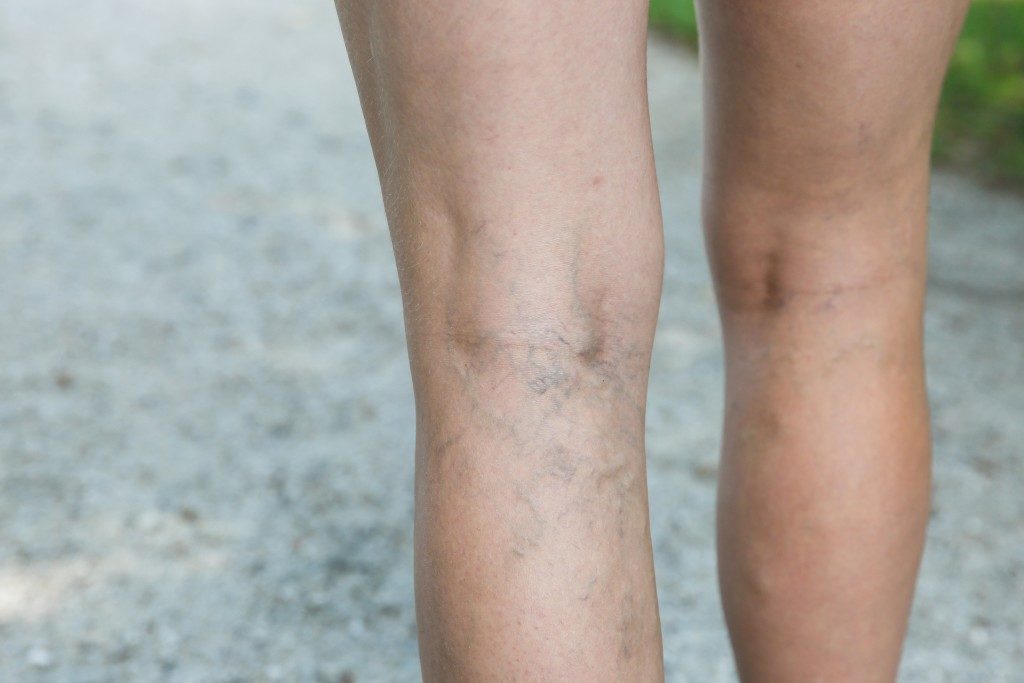Five years have passed since the lead-contaminated water crisis in Flint, Michigan. Since then, people have been taking necessary measures to protect their families against lead poisoning, from installing whole-home water filtration systems to clamoring for the city government to fix plumbing lines.
Protection against lead contamination is a wise decision. But did you know there are other potentially harmful chemicals that could seep into your water beside lead? Here are some of the other water contaminants you should guard your home against.
Fluoride
Although it is an ingredient in toothpaste and most dental products, ingesting large amounts of fluoride can cause dire consequences to the body. Most regions in the US and other countries across the world are adding fluoride to community water sources. This prevents the formation of teeth cavities, which is a prevalent disease in America, especially among children.
Fluoride strengthens the enamel and promotes the remineralization of teeth, thus preventing decay. The American Dental Association endorses drinking fluoridated water because it reduces tooth decay and cavities by 25 percent in children and adults.
But ingested fluoride accumulates in the bones and can cause various health problems. One possible side-effect is fluorosis, a chronic condition marked by teeth discoloration and, if severe, calcification of ligaments. In 2014, 41 percent of adolescents aged 12-15 years old have fluorosis.
In the past, groundwater was the major source of drinking water. If groundwater passes through fluoride-rich rocks, the substance seeps into the water. This increases its fluoride content well above the World Health Organization’s maximum acceptable concentration of 1.5 mg/liter.
Magnesium and Calcium
Rainwater absorbs minerals, primarily magnesium and calcium, as it flows from the ground surface into aquifers. Depending on the level of mineral content, the water turns from soft to hard. Hard water contains relatively high amounts of calcium, magnesium, and other metals.
WHO says that there are no concluding studies to suggest that drinking hard water can cause adverse effects to the body. Although it’s not bad health-wise, a lot of homeowners still consider hard water as a nuisance because it can cause problems in plumbing and home maintenance.

The minerals in hard water can build up over time and clog water pipes, affecting the flow of the water. It can also affect the efficiency of appliances. For instance, a water heater will need to heat the mineral accumulation inside the pipes first before the water.
Hard water can also interfere with cleaning products. The mineral compounds react with soap and impede the production of suds, so you end up using more of the product.
Chlorine
Chlorine, when mixed into the water supply, can eliminate germs and pathogens. When people first introduced chlorine-infused drinking water in New Jersey in 1908, it rapidly reduced the spread of water-borne diseases in the US.
Recently, a number of studies suggest that drinking chlorinated water can cause various health implications, including cancer, gastrointestinal problems, reproductive complications, and heart attacks. When chlorine mixes with organic matter in the water, it produces Trihalomethanes (THMs), which can cause cancer and reproductive illnesses.
Today, conclusive studies regarding the effects of drinking chlorinated water are still underway. But it’s still best to observe U.S. Environmental Protection Agency’s regulations on the allowable chlorine level in the water, which is 4 parts per million.
These chemicals — chlorine, fluoride, and magnesium and calcium — are added into the water supply for specific purposes. Have your pipelines and water source checked to make sure your drinking water doesn’t exceed the allowable level of chemicals, so you can prevent unfortunate consequences.




